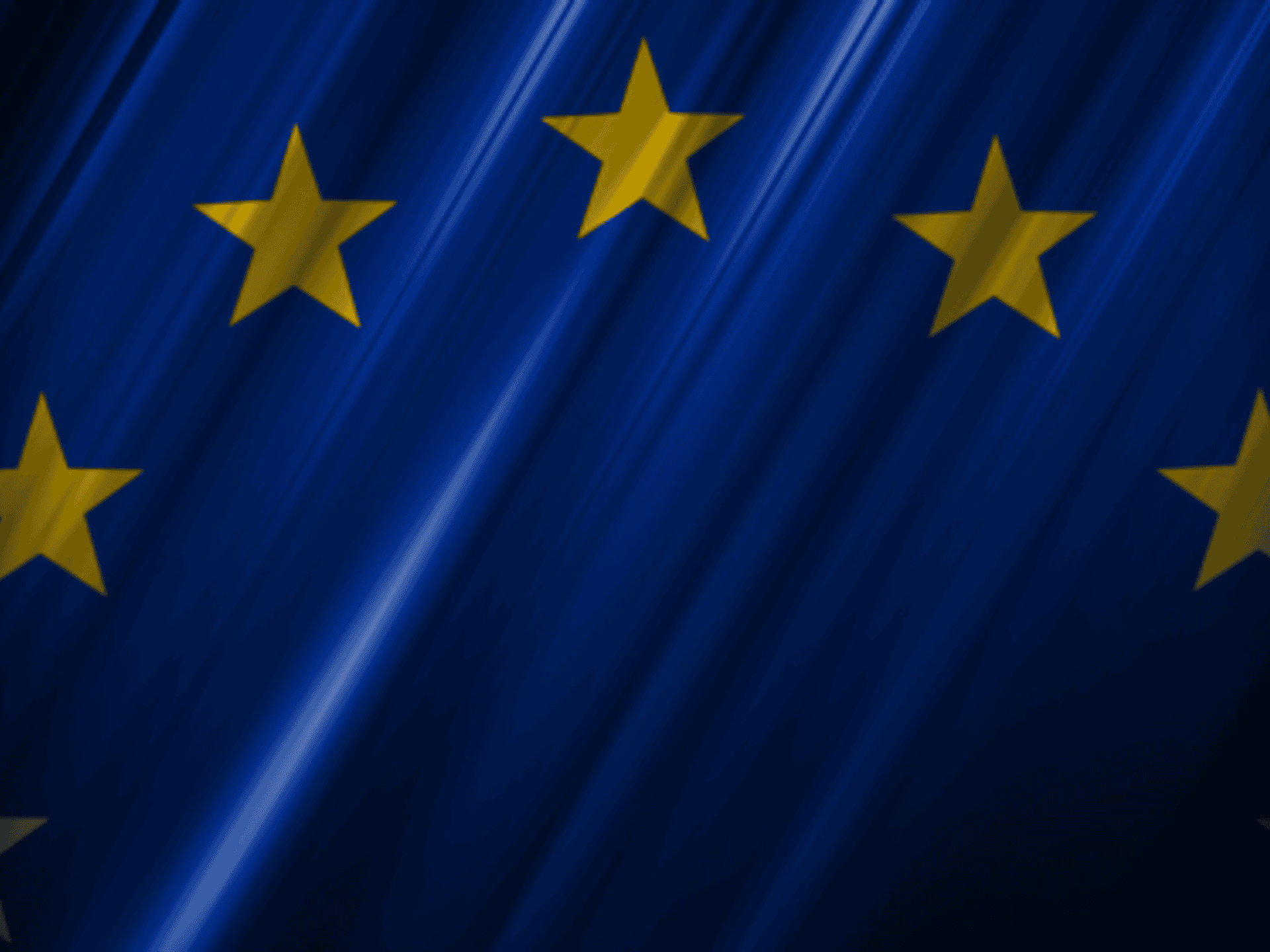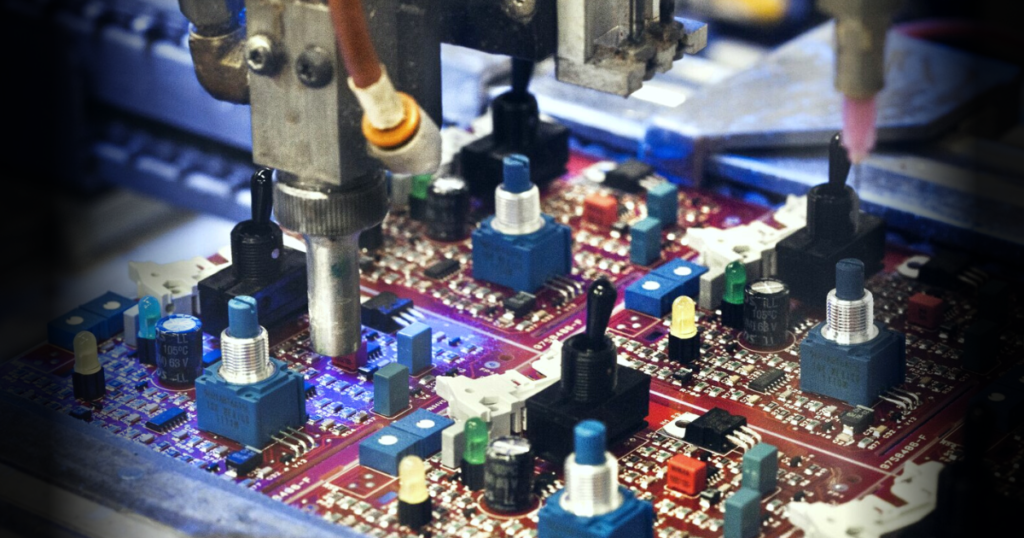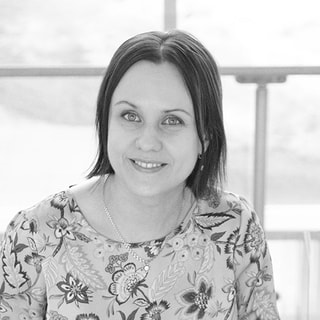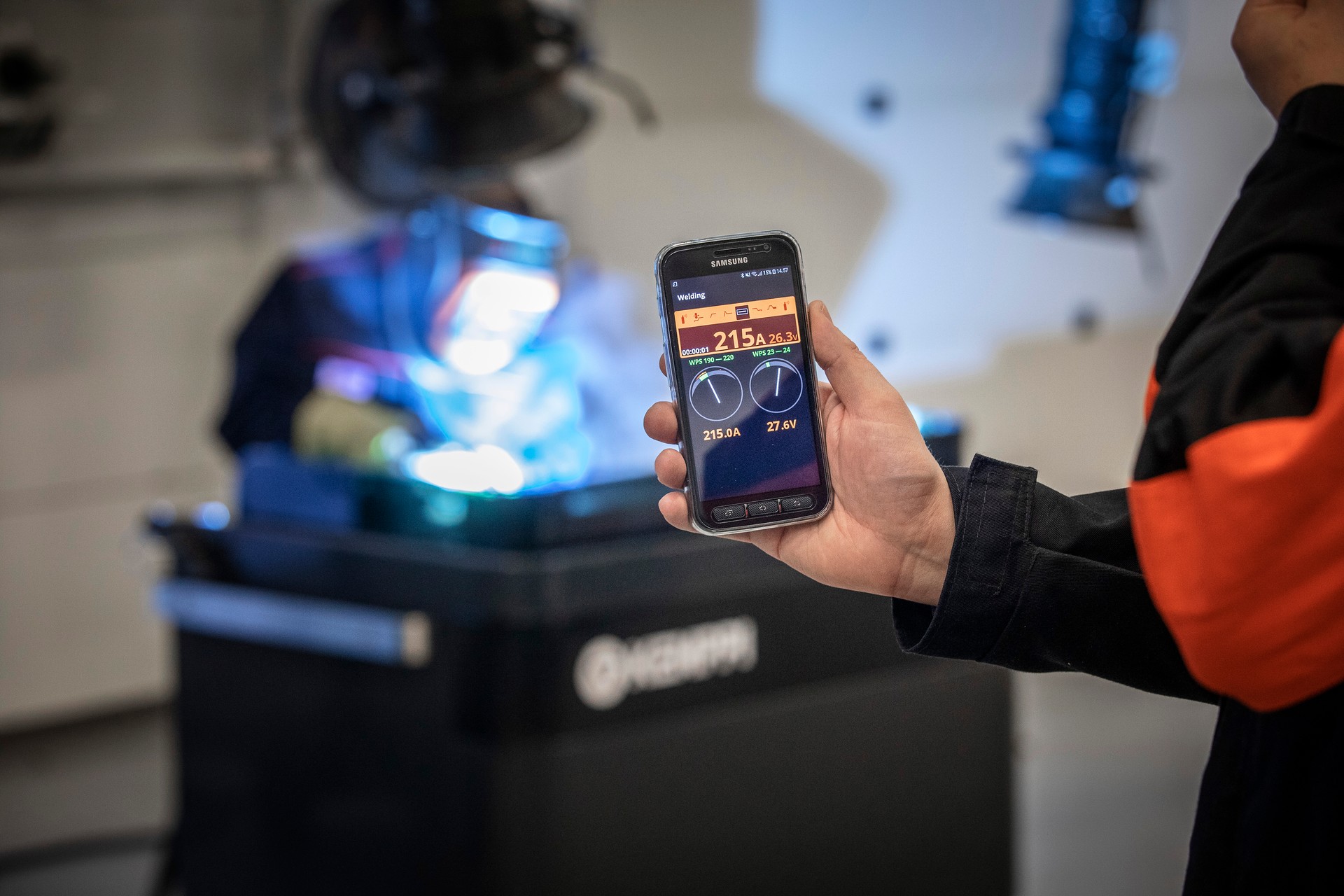
Innovatie
Kemppi and the EU Ecodesign Directive
25 oktober 2022
As of January 1st 2021, the European Union established an Ecodesign Directive that directly applies to any energy-using products sold in the member states, including welding machines. What does this mean, and what can a manufacturer do to keep up with the directive? Is it possible for the welding machine industry to become fully green? At Kemppi, environmental awareness is simply one of our operating principles.
Anu Rousku
Onderwerpen:
The purpose of the Ecodesign Directive is to encourage manufacturers of energy-using products (EuP) to find new ways of reducing energy consumption and other negative environmental impacts during the product design phase. While the Directive's primary focus is on reducing energy use, it also aims to highlight other environmental considerations including materials and water use, polluting emissions, waste issues and recyclability.
EU Ecodesign Directive sets requirements on efficiency limits and circular economy aspects
The Ecodesign Directive aims to limit the environmental impact of energy-using products without sacrificing European competency or causing unbearable costs for end users. For welding equipment, the directive has a set of requirements on mandatory efficiency limits for the power supply, as well as on circular economy aspects (such as spare parts availability and information on the quantities of welding wire or filler material used). Compliance with the directive is controlled by market surveillance public authorities in each member country, such as Tukes in Finland.
Following the Ecodesign Directive requirements is estimated to result in annual energy savings of 1.09 TWh by 2030. This corresponds to the equivalent of a total annual savings of about 0.27 Mt of CO2. Mostly, recent technologies developed in Europe already automatically comply with the requirements, which significantly improves European competency compared to both the previous generation of welding transformers and cheap production outside of the EU.
Kemppi has systematically reduced energy consumption and optimized raw material use for decades
At Kemppi, working towards reducing energy consumption and optimizing raw materials use has been a natural way to operate for a long time. 20 years ago, Kemppi participated in a university-driven project that aimed to analyze the material flows and raw materials of Kemppi’s well-known Minarc 140. The aim was to identify potentially hazardous materials and to document the origin of the raw materials – this is not an easy task because a welding machine can consist of more than 2,000 components. As a result of this project, Kemppi’s welding equipment was found to be recyclable and the technologies used, such as inverter technology and digitalization, were seen as acceptable from the sustainability perspective.
Participating in research projects is part of Kemppi’s ESG operations and a key part of being a responsible manufacturer. We do our share for instance by recycling electric waste on a daily basis. For our customers, durable welding equipment with a long life cycle is an ecological choice, and that is why we put effort into material choices, testing, and technology development.

Material choice makes a difference in the supply chain
Even if welding machine manufacturers work towards understanding their supply chain all the way down to the origins of each material and component, it is not always easy. The chain is long and not all stakeholders are willing to be transparent. But thanks to industry efforts, the use of conflict minerals has significantly reduced in Europe recently. At the same time, things will improve as customer awareness of supply chain auditing continues to grow.
According to the Ecodesign Directive, spare parts should be available up to 10 years after manufacturing has stopped. This challenge is partly tackled by using the same spare parts in several welding machines whenever possible. This approach also makes documentation and controlling the supply chain easier.
Non-European cheap production may contain hazardous chemicals, which creates a significant risk for the welder and the environment. Even if good-quality materials are more expensive, they also stand for safety and environmental friendliness.
Improving the welding process is the way of the future
While continuous technological improvement is ongoing in the industry, it has its limits. Operating efficiency cannot be improved much without sacrificing the cost price and thus overall competency in the industry. Kemppi improves the quality of semiconductors, but at the same time, stronger copper parts increase the total weight of the welding equipment and might result in a higher end price.
What counts more here is the welding process itself. By improving the arc quality, a welding equipment manufacturer can reduce the spatters significantly and optimize the weld quality, which results in less material waste and no time spent on cleaning the workpiece or reopening the welds. The best way to save is to weld only as much as is needed.
As before, Kemppi is still known today as an honest and transparent player in the market that keeps its promises and builds long-lasting relations with its stakeholders. We take our business seriously and we want to be more than a great weld for your business – now and in the future as well.

Anu Rousku
Anu Rousku
Marketing Communications Specialist at Kemppi Oy until September 2020. Experienced professional in content marketing with a demonstrated history of working in the industrial B2B sector. Playing with words, persuading the reader, with the spirit of getting things done – it is all seen in the result.






